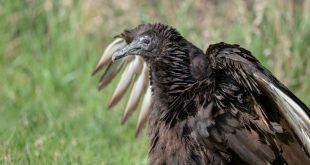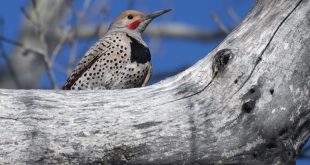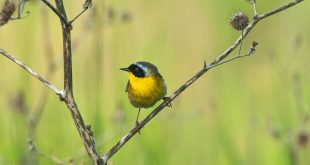The sound of rustling cottonwood leaves blowing in the breeze on a summer’s day along the lower Platte River is commonplace, but will this always be the case? Every summer since 2006 I have spent time during the summer on the lower Platte River conducting field work on Piping Plovers and Interior Least Terns. Much of that time was spent in a kayak. During my many treks down the river I had time to observe and ponder my surroundings. The last couple years, I have noticed something that has piqued my curiosity–the mortality rate of cottonwoods appears to be increasing sharply along the entire lower Platte River corridor. Some observers may have noticed a lot of cottonwoods died in the Missouri River valley floodplain following the 2011 flood. However, the historic flood of 2011 did not occur on the lower Platte River. The reason for the increased mortality on the lower Platte may be a bit more natural.

Cottonwoods are an opportunistic species. They rapidly colonize patches of habitat, quickly grow, mature and reproduce (think about all the cottonwood seeds floating around in summer) and then die. Along a river such as the lower Platte, as long as there are processes that allow cottonwoods to complete their life cycle, there will be cottonwoods. A river that moves around and occasionally floods will leave behind expanses of moist bare ground that is suitable habitat for cottonwood regeneration. As the lower Platte River has become increasingly confined within a defined channel, the opportunities for cottonwoods to successfully colonize new areas has decreased. Thus, there are very few young stands of cottonwoods to replace the old ones which are now dying. As mature cottonwoods die, other trees will replace cottonwoods in a process known as ecological succession. The other trees that will replace cottonwoods include green ash, hackberry and undesirable species such as white mulberry.
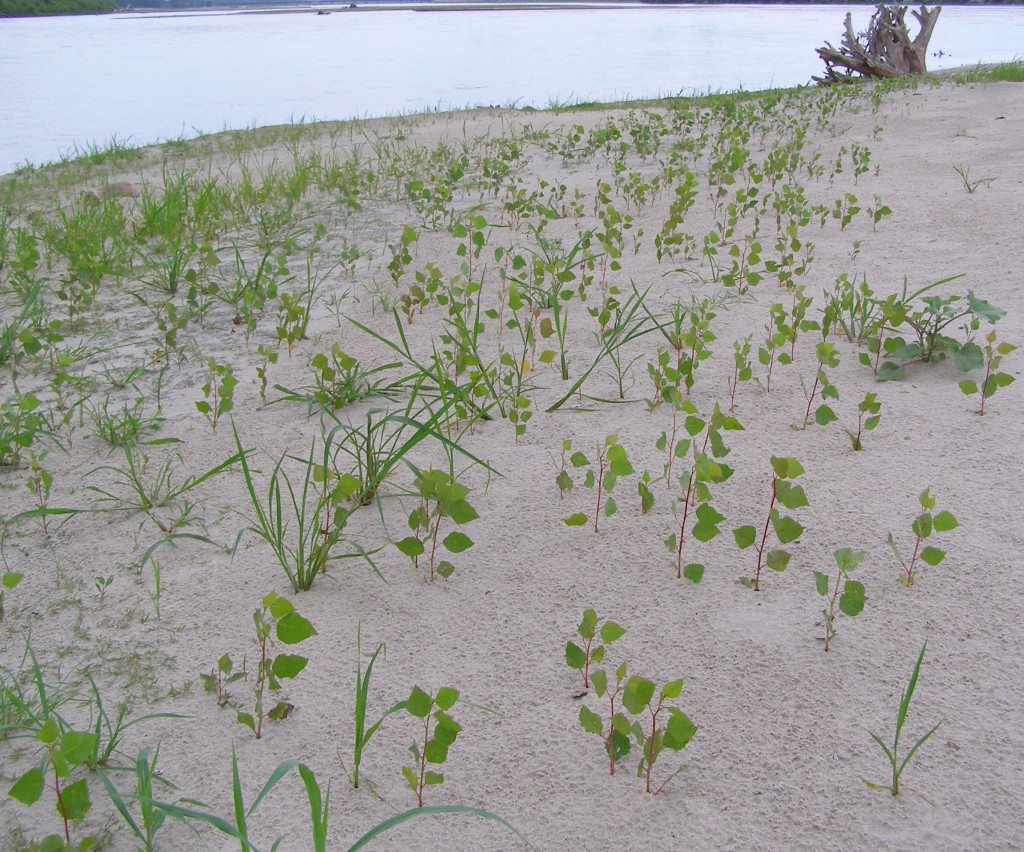
It is possible that the historic drought of 2012 has played a role in the recent die-off of cottonwoods. This valid point was raised to me by our botanist, Gerry Steinauer. Even if 2012 was a factor in recent events, it may be a minor blip in the long-term trajectory of the system. The loss of mature cottonwood forests is not new nor is it unique to the lower Platte River. If you Google “cottonwood regeneration” you will find plenty of information, such as this article, about the loss of cottonwoods and the lack of cottonwood regeneration along many river systems in the Great Plains. This is probably a good time to remind you that I am not a botanist. I am a bird guy so I have pondered how the potential loss of cottonwoods will affect the avifauna. Like most change, it is neither all good or bad. There will be winner and losers, though. For example, several species, such as Wood Ducks, Red-headed Woodpeckers and other cavity nesting species will probably do well with all the dead trees that will be present for several years. However, the loss of cottonwoods may eventually be negative for these species. Bald Eagles almost always nest in large Cottonwoods in Nebraska. Will the loss of big Cottonwoods negatively affect this species? We’ll see.
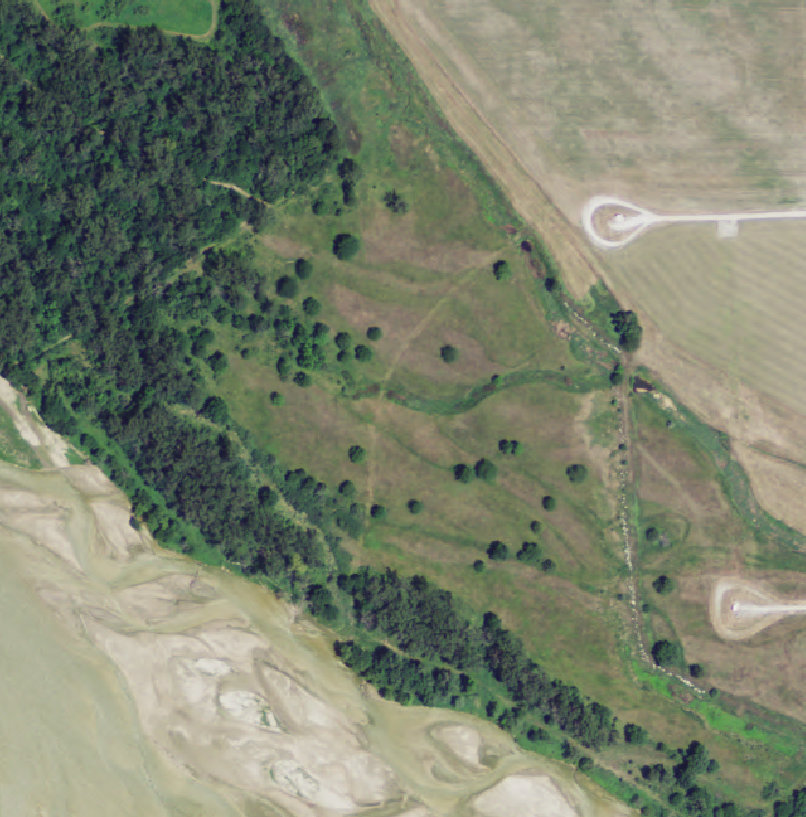
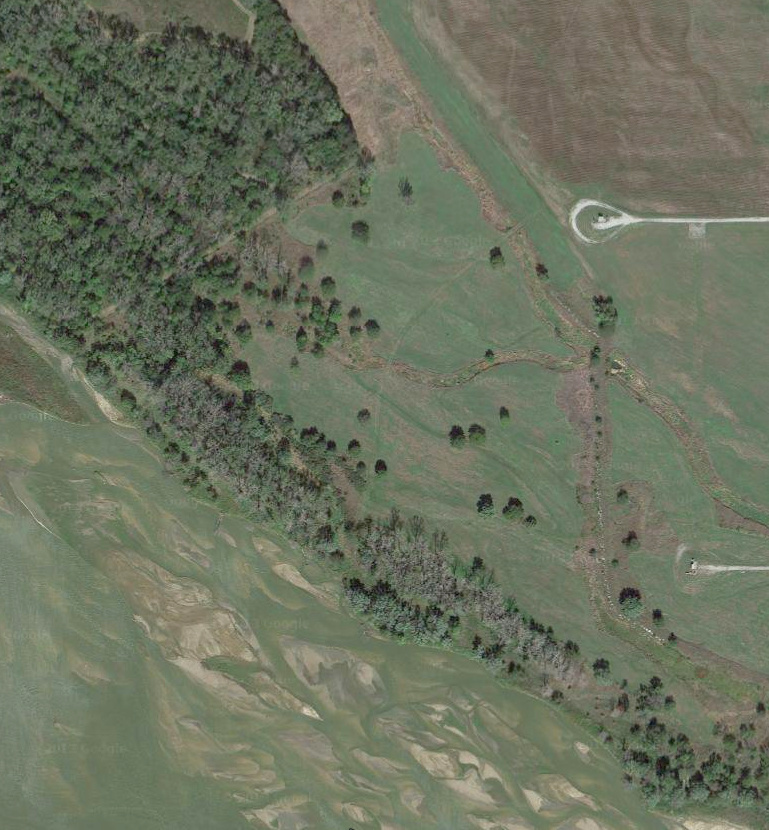
I will be interested to see if the mortality rate of cottonwoods continues or even increases in the coming years along the lower Platte River and how these forests, and the species that use them, respond and evolve over time. Something to ponder further during future kayak treks.
 Nebraskaland Magazine
Nebraskaland Magazine

